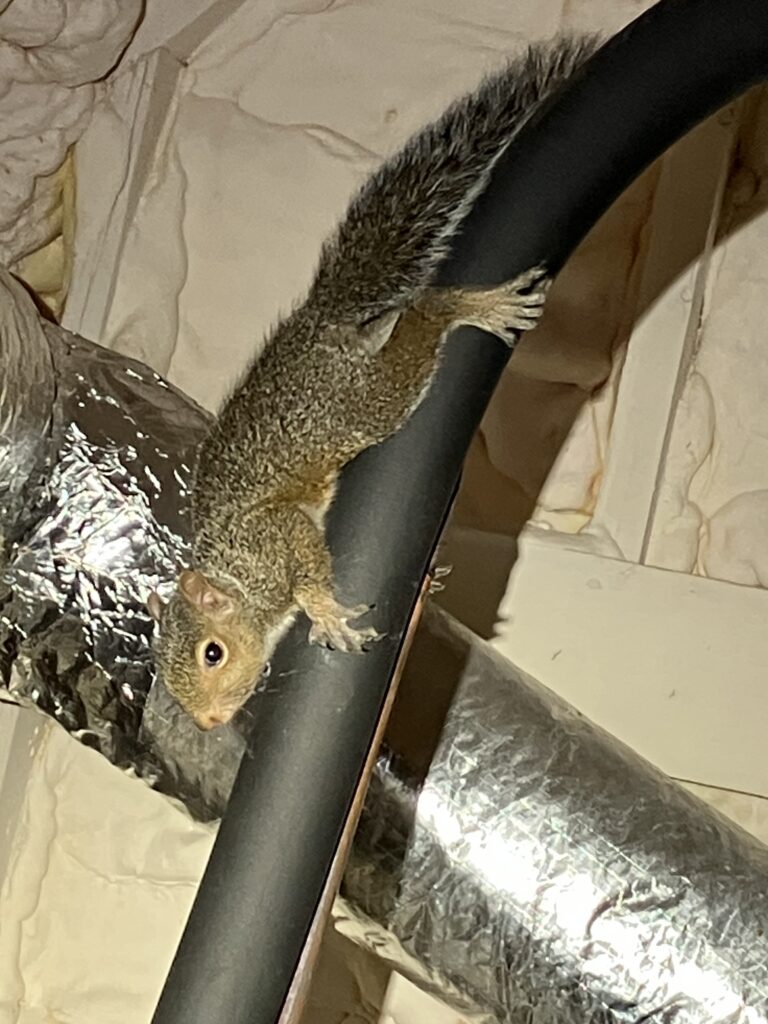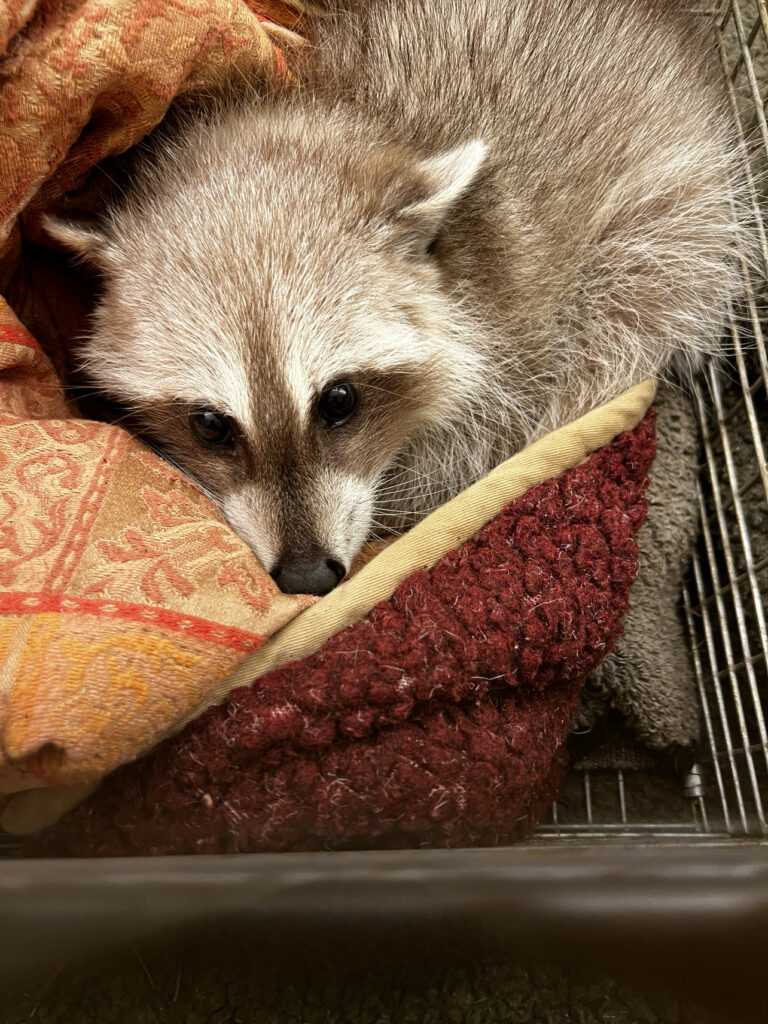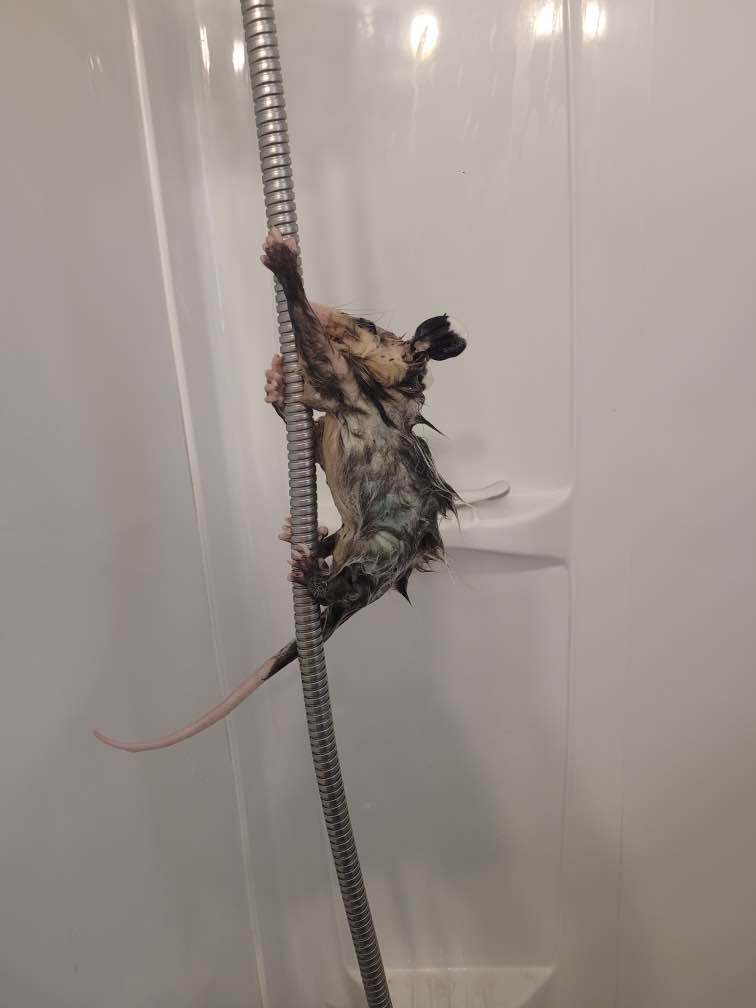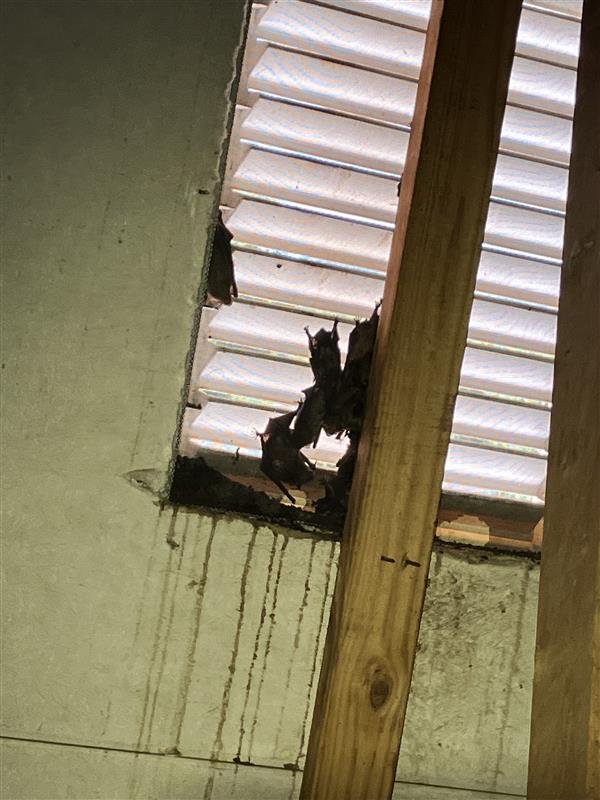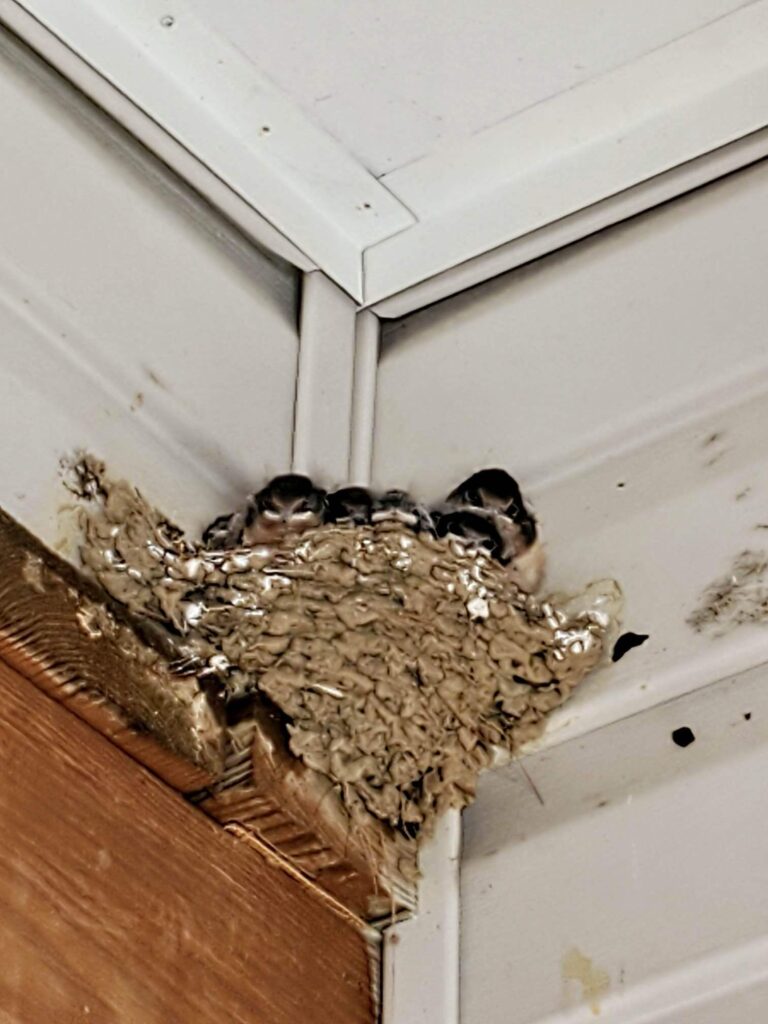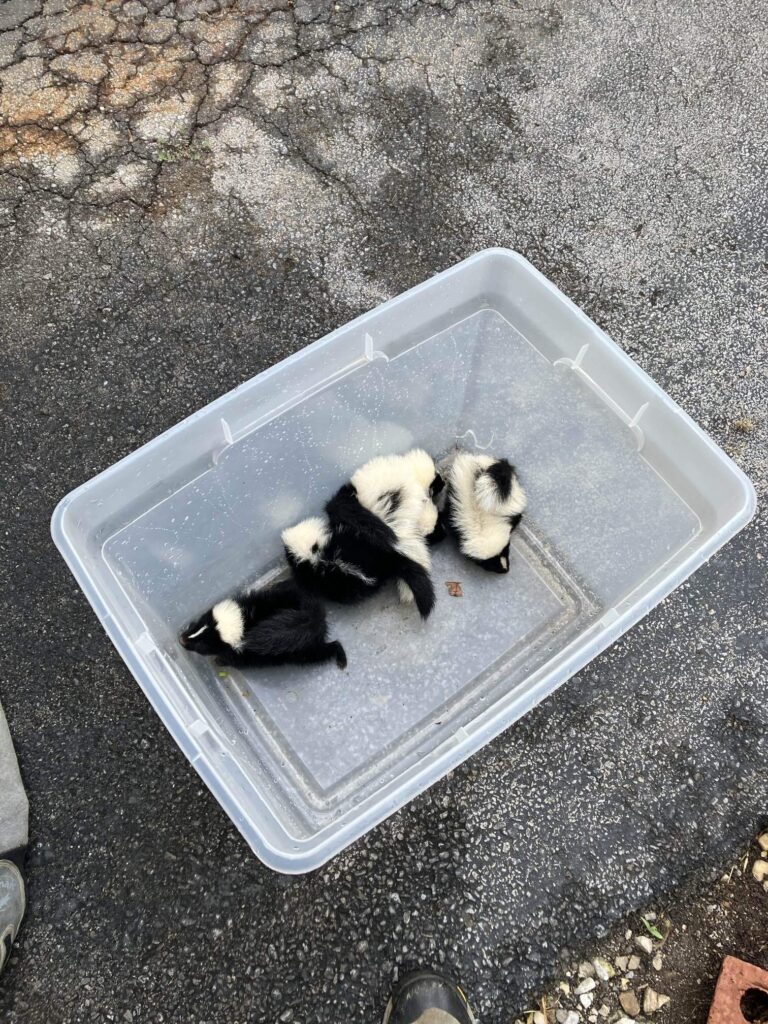Knoxville, Tennessee, is between the Cumberland Plateau and the Great Smoky Mountains. This valley was carved out of the mountains by the running waters of the French Broad River and the Holston River, which converge to form the Tennessee River. Knoxville also has 92 parks within city limits. This combination of water, forested mountains, and parks is a perfect environment for wild animals, including those who pose a nuisance to residents, business owners, and tourists.
Nuisance Wildlife-Human Conflicts in Knoxville, TN
In addition to its landscape, Knoxville has a rich cultural life with museums, restaurants, and clubs. More than 12 million visitors descend on the area annually to enjoy the 500,000 acres of Great Smoky Mountain National Park, the most visited national park in the country. As people encroach upon the habits of the region’s wild animals, these critters travel to seek shelter, food, and water from Knoxville’s residential and commercial neighborhoods.
Key Wildlife Behaviors Influenced by Eastern Tennessee Climate
Knoxville, Tennessee, is located in a region with a humid subtropical climate, characterized by four distinct seasons. This climate significantly impacts wildlife behavior in the area.
- Foraging Patterns: Seasonal changes dictate foraging behavior, with heightened activity in spring and fall.
- Nesting and Breeding: The predictable seasons encourage specific breeding cycles. For example, raccoons and opossums often have young in early spring or late summer.
- Migration and Hibernation: Many birds migrate southward in the fall, while some mammals hibernate or become less active in winter.
Homeowners may experience nuisance wildlife issues during seasonal transitions, especially as animals seek shelter or food.
Spring
Temperatures are mild ranging from 40°F to 70°F. Animals like birds, squirrels, and raccoons become more active as food sources such as insects, fruits, and nuts increase. This is also a key breeding season for many species. Increased activity can lead to encounters with humans, including nesting in homes or buildings.
Summer
Temperatures can get hot typically ranging from 70°F to 90°F, with high humidity. Raccoons and squirrels will leave attics because of the heat. Bats however thrive in the hot temperatures in an attic. Maternity colonies will roost in attic, walls, and under the roof. Increased insect activity (mosquitoes, wasps, etc.), and the heat may drive animals to seek shelter indoors for cooler environments.
Fall
Temperatures are cooling and many animals prepare for winter. Very few nuisance wildlife will hibernate so mammals like squirrels storing food and migratory birds passing through. Rats and mice are active year-round. They’re always looking for food sources and safe places for shelter. This need intensifies with the cold winters in the Appalachians.
Winter
Rodents, squirrels, raccoons, opossums, and skunks do not hibernate. Some critters might slow down during the winter, but they still can be a problem. Groundhogs and (some) bats are the only true hibernators that cause homeowners problems.
Wildlife Damage in Knoxville

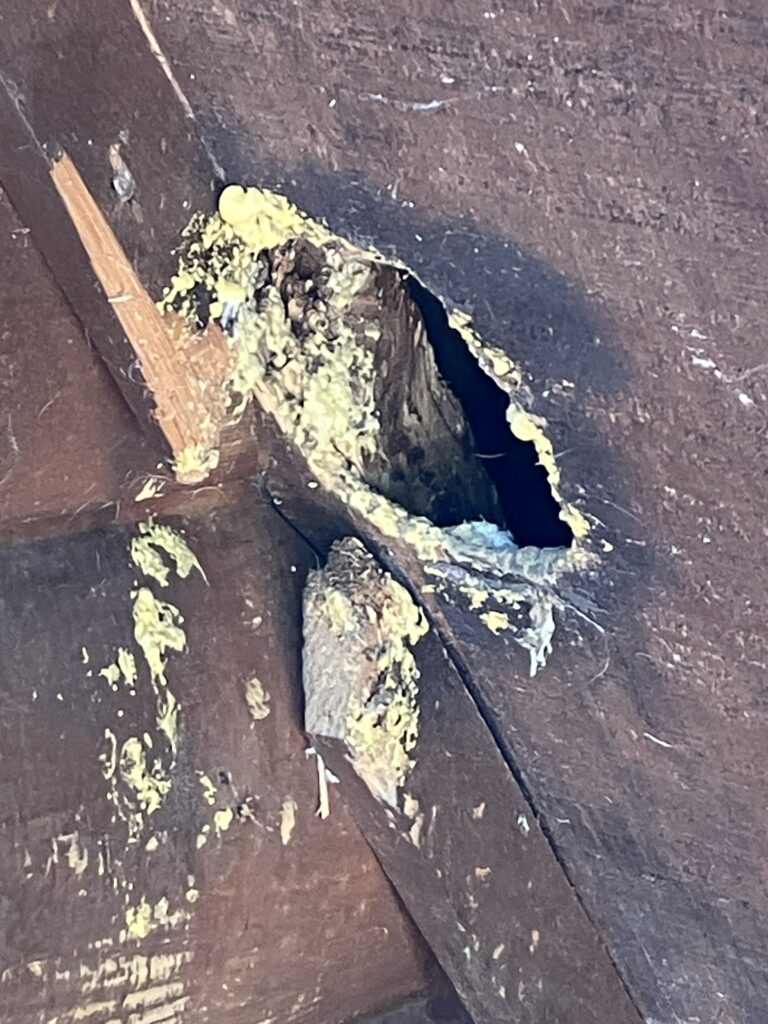
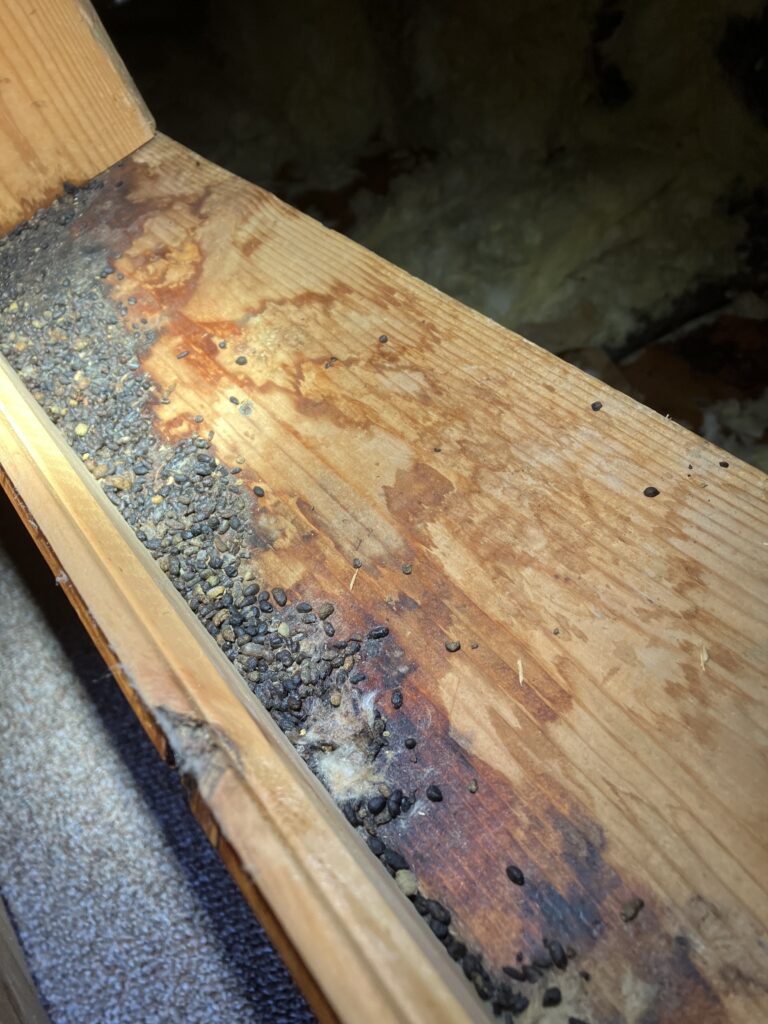
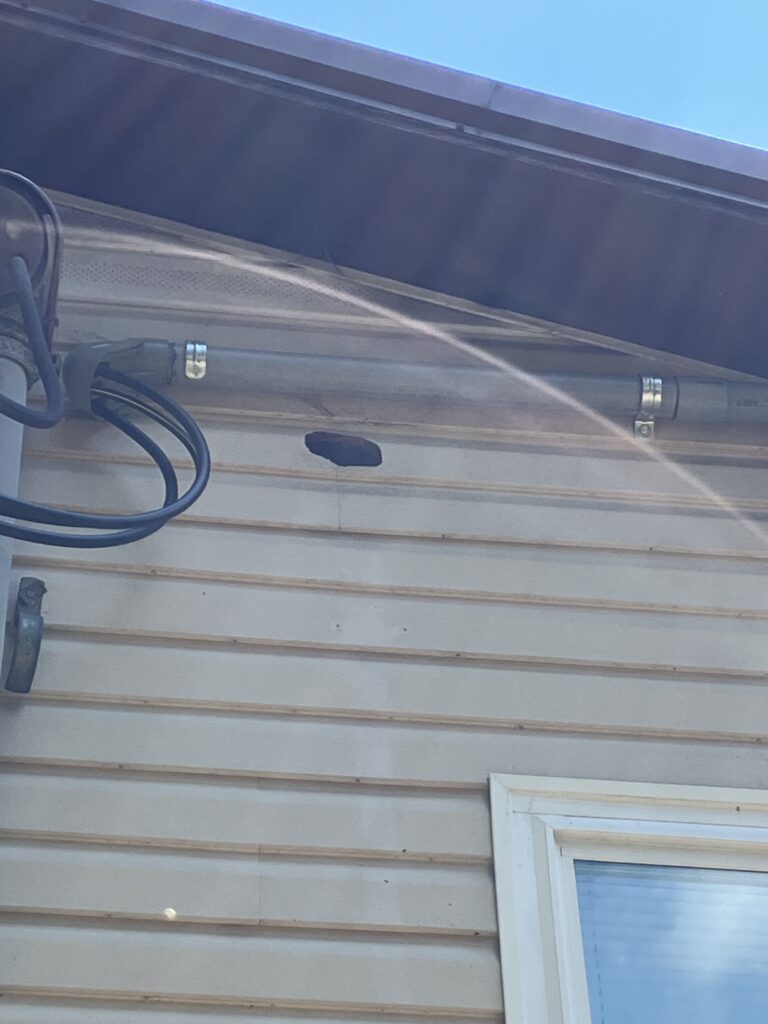
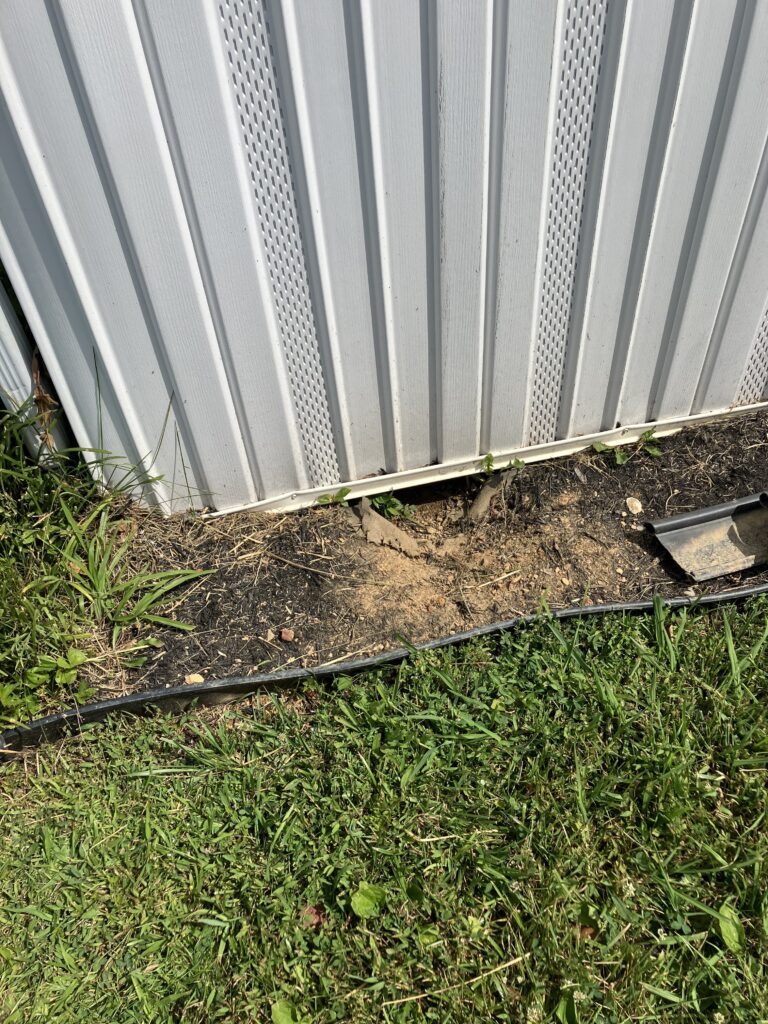
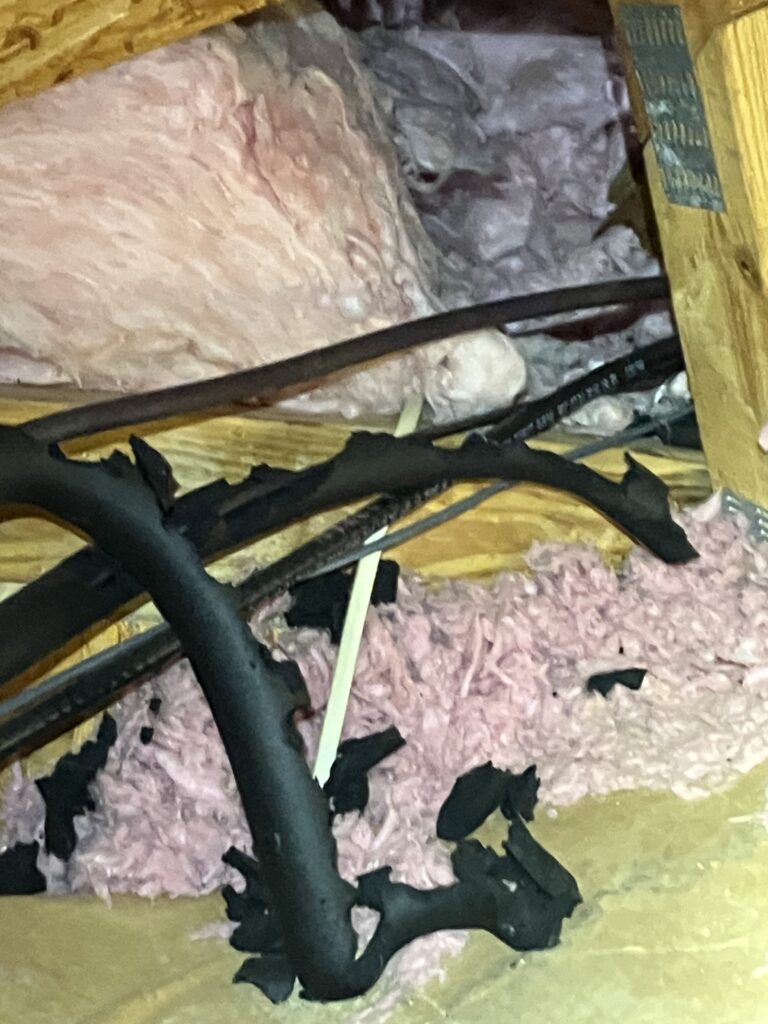
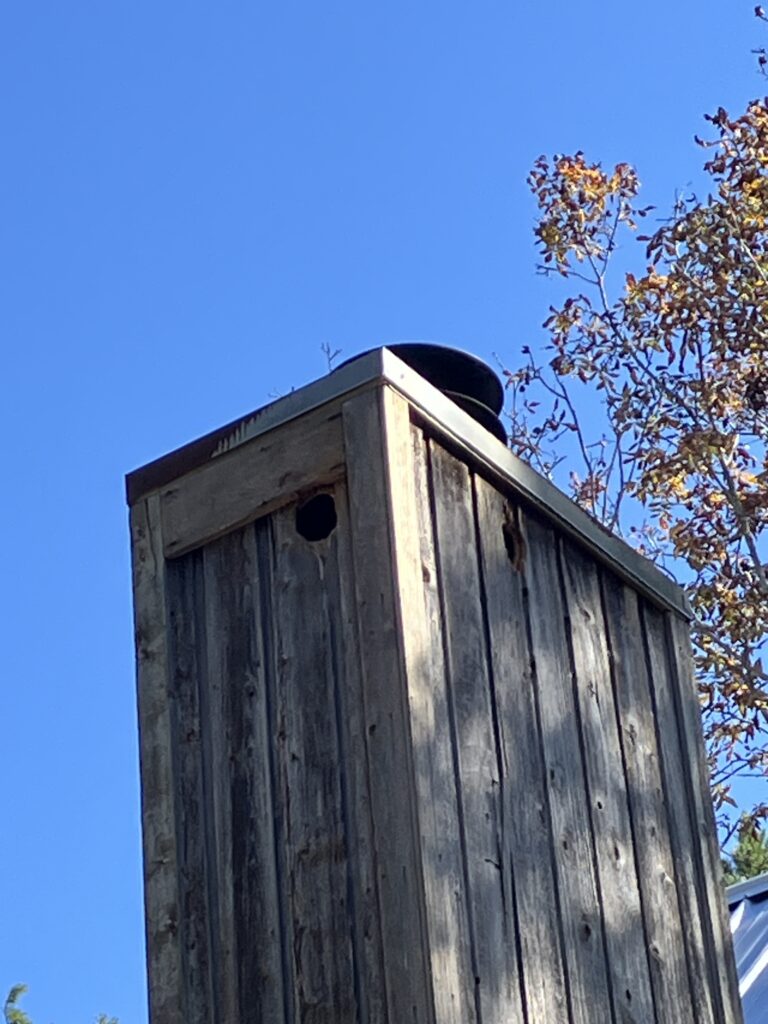
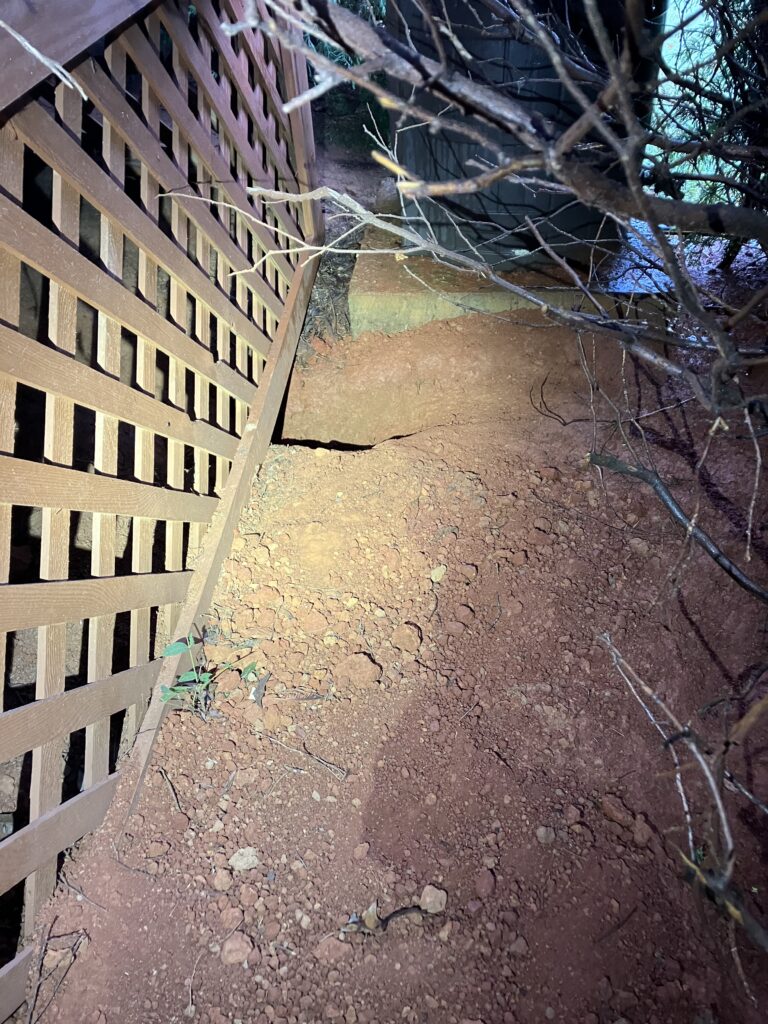
Nuisance Wildlife in Knoxville
